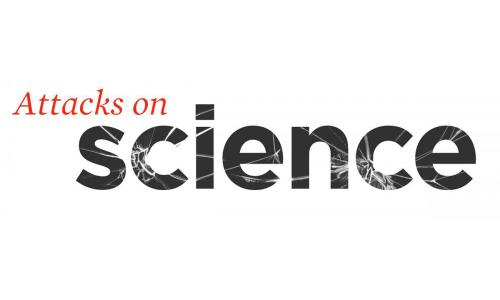For decades, chemical manufacturers knew that the substances known collectively as PFAS were hazardous to human health. And they hid what they knew from the public and from federal regulators.
Per- and polyfluoroalkyl substances (PFAS) are a class of synthetic compounds prized for their ability to repel oil, grease, and water. These qualities have led to their use in everything from nonstick cookware to stain-resistant carpets to firefighting foam. PFAS are extremely persistent in the environment and human body—meaning they do not break down and can accumulate—and nationwide biomonitoring results indicate that nearly all Americans carry trace amounts of PFAS in their bodies. This exposure is due to the remarkably widespread contamination of drinking water and groundwater supplies by PFAS manufacturers and by military bases and airports using PFAS-containing firefighting foams, as well as from their use in household products.
Despite the ubiquity of these chemicals, health problems linked to PFAS have only become public knowledge in recent years. The public could have learned of the dangers decades earlier, however, had chemical companies chosen not to bury or spin their own internal research.
Indeed, health problems linked to PFAS only began to be revealed when, in 1998, Ohio attorney Rob Bilott took on the case of a Parkersburg, West Virginia family whose cattle were suffering unexplained illnesses. Bilott’s work ultimately led to the release of thousands of documents from the chemical company DuPont, whose PFOA-producing Washington Works plant was located in Parkersburg (PFOA, once used to make Teflon, is one of the oldest varieties of PFAS). The documents revealed that DuPont had concealed decades’ worth of internal research from that linked PFOA to negative health effects as well as concealed testing results that found the chemical in the local water supply.
In the 1960s, for example, DuPont researchers found PFOA could increase liver size in animals. According to the New York Times, other documents revealed that by the 1990s, the company knew that PFOA caused multiple types of cancerous tumors. The company did not share its knowledge with the public, regulators, or even largely its own workers, who faced elevated levels of cancers and the possibility of giving birth to children with birth defects, among other health effects.
DuPont was not the only company to engage in such corporate disinformation. In early 2018, the Minnesota Attorney General’s Office released documents showing that the chemical company 3M had also concealed and downplayed the dangers of PFAS for decades. 3M, which invented PFOA and used another variety of PFAS called PFOS in its popular product Scotchgard, had conducted scientific studies in the 1970s that showed the toxicity of the chemicals, but did not turn over any of its science to the Environmental Protection Agency for more than 20 years. The company also softened its various findings on PFAS when submitting to publications, and hired professor John Geisy, an expert in perfluorinated chemicals, to keep PFAS science company-friendly. As reported by The Intercept, Geisy “helped 3M spin the science on [PFAS] in the company’s favor even as he presented himself as an independent scientist.”
Both 3M and DuPont have paid out hundreds of millions in legal settlements since their internal machinations have come to light, as scientific research has linked PFOA, PFOS, and other types of PFAS to health effects including testicular cancer, kidney cancer, and increased risk of asthma and thyroid disease. Yet federal regulation of PFAS has moved slowly, even as the evidence of dangers from the chemicals keeps building (despite the attempts of the Trump administration to block the government’s own reports), and even as chemical companies increasingly produce new varieties of PFAS—which they claim are safer than the old types, but which evidence shows may not be. For communities hit hardest by PFAS contamination—those that live near PFAS-producing plants and those that live on or near military bases—the uncovering of corporate disinformation and related government action has been too little, too late.




